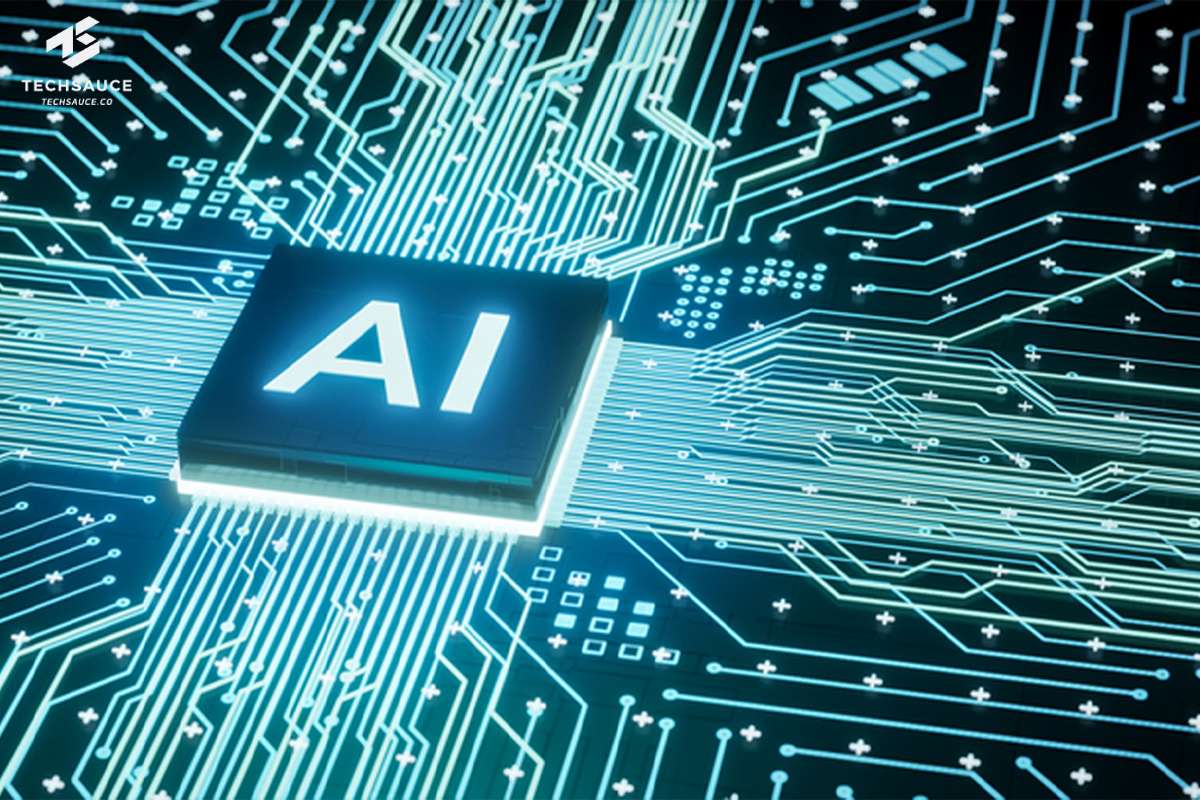
Amazon’s Alexa: Battling the Hallucination Challenge
As technology evolves rapidly, so does the competition in the AI-powered digital assistant space. Amazon is on a mission to revamp its popular voice assistant, Alexa, integrating advanced AI functionalities to serve as a more capable, personalized assistant. With a user base spanning over 500 million devices globally, the company hopes to transform Alexa from a basic task performer into a sophisticated agentic service.
 The evolving landscape of AI-powered assistants.
The evolving landscape of AI-powered assistants.
Transitioning Toward AI-Enabled Capabilities
Rohit Prasad, head of Amazon’s artificial general intelligence (AGI) team, stated that the transition has been plagued by significant technical hurdles. Chief among these challenges is the persistent issue of hallucinations, where the AI generates incorrect or fabricated responses. As Prasad noted, achieving a hallucination rate that is “close to zero” is critical. “It’s still an open problem in the industry, but we are working extremely hard on it,” he emphasized.
The broader ambition is for Alexa to seamlessly manage diverse tasks—from recommending eateries to adjusting home automation. However, the groundwork for this sophisticated operation must be laid correctly.
The Generative AI Race
Amazon’s journey towards this ambitious AI transformation dates back to the launch of OpenAI’s ChatGPT in late 2022. In contrast to the rapid integrations seen from companies like Microsoft and Google, critiques have emerged regarding Amazon’s ability to adapt its aging infrastructure to meet modern demands effectively.
Reflecting on this tension, former employees highlighted the complexities of merging traditional algorithms with cutting-edge large language models (LLMs). The struggle with integrating legacy systems has been exacerbated by organizational and technical complications, raising questions about whether Amazon can keep pace with competitors.
 Visualizing the challenges of AI integration.
Visualizing the challenges of AI integration.
Overcoming Infrastructure Limitations
While Amazon remains optimistic about enabling proactive capabilities within Alexa, the scope and scale of this transition are unprecedented. Prasad pointed out that the success of such intricate systems relies on speed, cost-effectiveness, and reliability. Current essential tasks demand that Alexa not only respond quickly but also maintain a high degree of accuracy. Unlike traditional AI systems, which operated on simpler logic, today’s probabilistic generative models present unique challenges, particularly with user expectations.
Some industry experts suggest these shifts could compromise Alexa’s established attributes, causing friction in user experience and brand reputation. Critically, experts are being brought in to fine-tune the assistant’s personality, ensuring that it retains a familiar voice and diction when transitioning to a more dynamic dialogue structure.
Maintaining Trust Through Rigor
The larger challenge remains: how to balance innovation with reliability in AI systems that users depend on. Dario Amodei, CEO of Anthropic, recently stressed the importance of trust: “The most challenging thing about AI agents is making sure they’re safe, reliable, and predictable.” This sentiment resonates deeply with Amazon’s goals, as any failures in the generative AI landscape could have far-reaching implications for user trust.
To boost reliability, further steps must be taken, including rigorous testing and applying child safety filters before rolling out generative capabilities. An engineer, reflective of ongoing developments within the company, noted that “reliability is the issue—getting it to be working close to 100 percent of the time.” This cautious approach mirrors moves by other tech giants, including Apple and Google, who have opted for gradual and deliberate integrations of similar technologies.
 Technological collaboration at its finest.
Technological collaboration at its finest.
Collaborating for Future Success
With a plethora of third-party developers crafting functionalities for Alexa, many remain anxious about the unclear rollout timeline for the next generation of the voice assistant. The development community has seen fluctuating engagement with Amazon, a move that has left many in limbo about necessary preparations for their features.
Moreover, as the Alexa team navigates financial sustainability after significant layoffs, discussions about monetization strategies are becoming more prominent. Ideas include the potential for a subscription service or revenue sharing on goods and services sold via Alexa. Prasad emphasizes that the ultimate aim is to establish AI models that extend beyond Alexa, showcasing Amazon’s commitment to customer value in this fast-evolving AI arena.
Conclusion: The Road Ahead
As Amazon accelerates its efforts to enhance Alexa’s capabilities, the tech giant stands at a crossroads. The battle against technical setbacks juxtaposed with the ambition to lead in the AI space is daunting. Progress will require not just technological advancements, but also a clear strategy that prioritizes user trust and reliability in AI interactions.
As Prasad concludes, “We are doing this to deliver customer value and impact, which in this era of generative AI is becoming more important than ever.” The stakes are high, and the next phase for Alexa will be crucial in determining not just the future of Amazon’s voice assistant, but its standing in the AI ecosystem at large.















